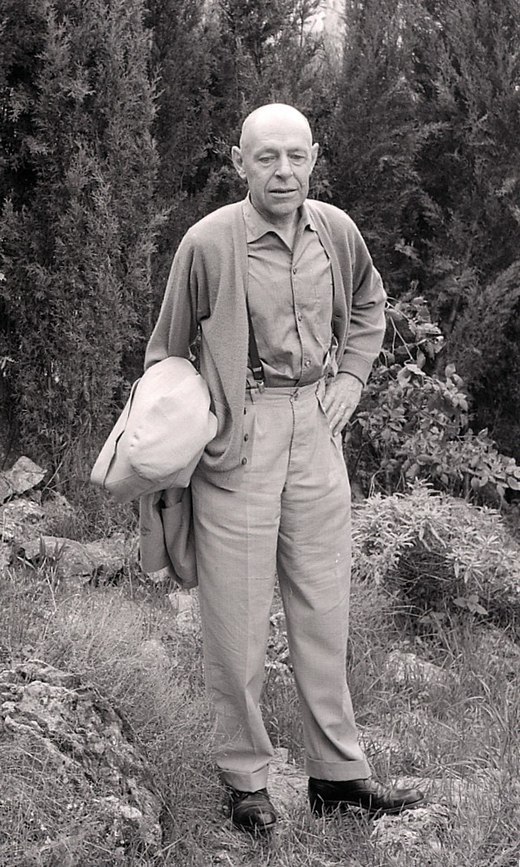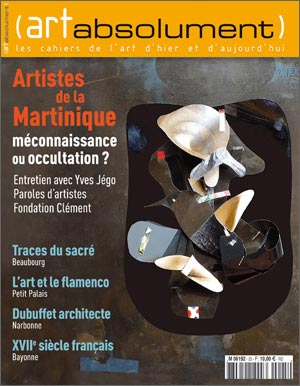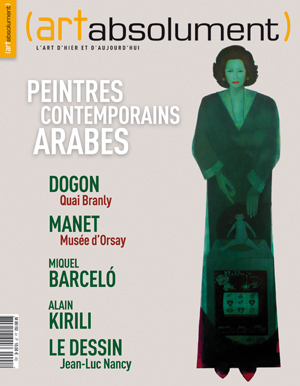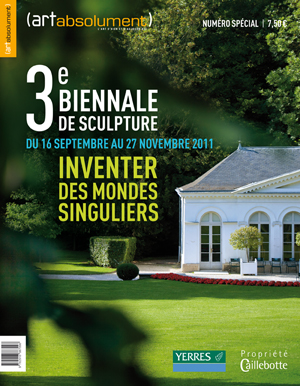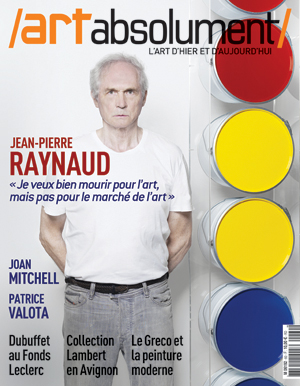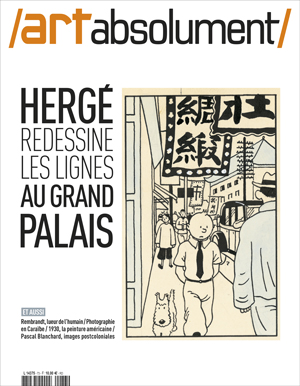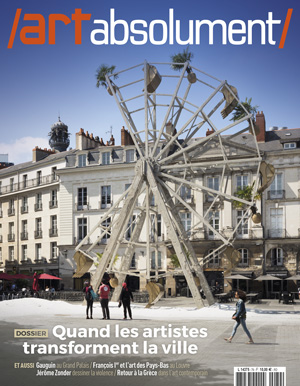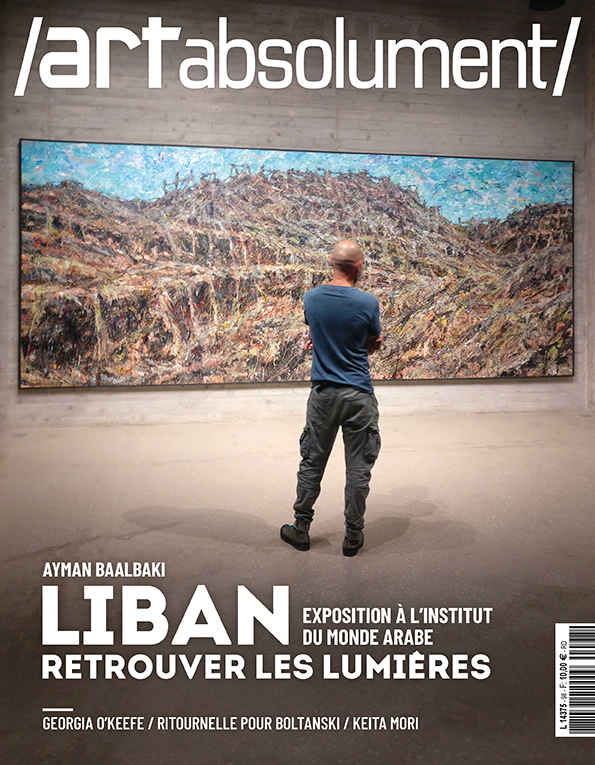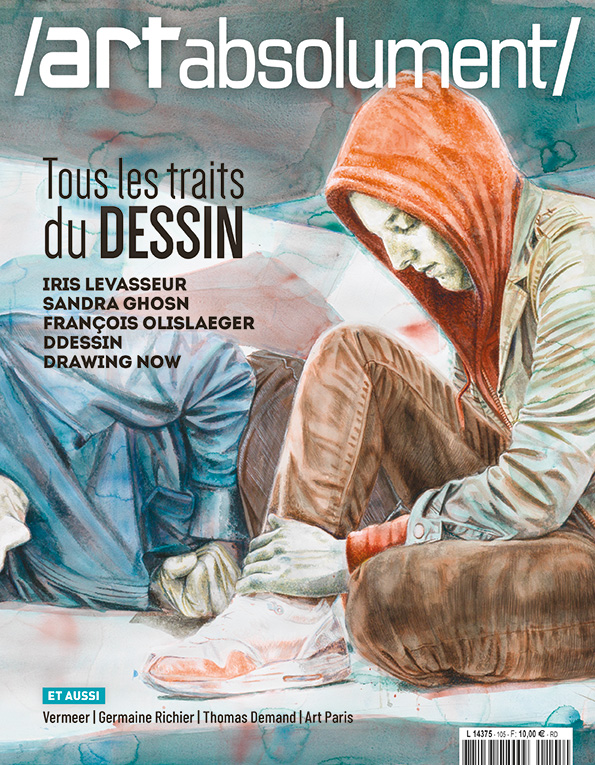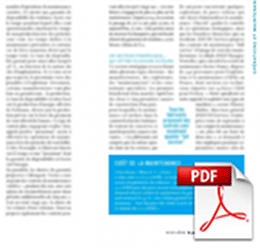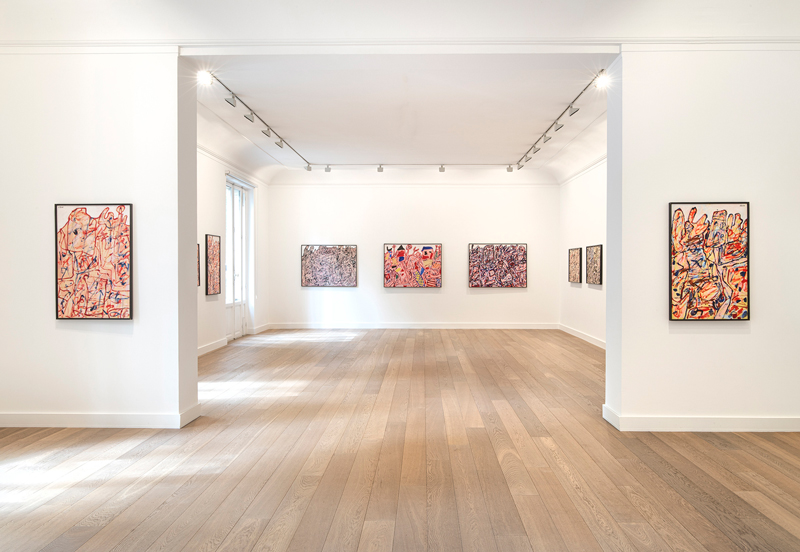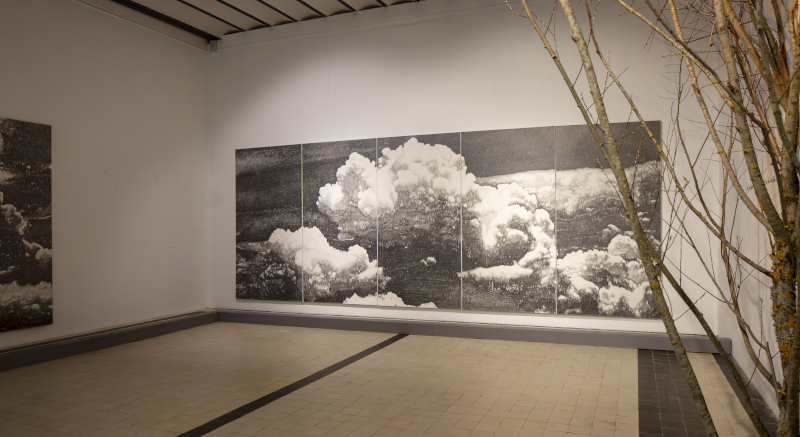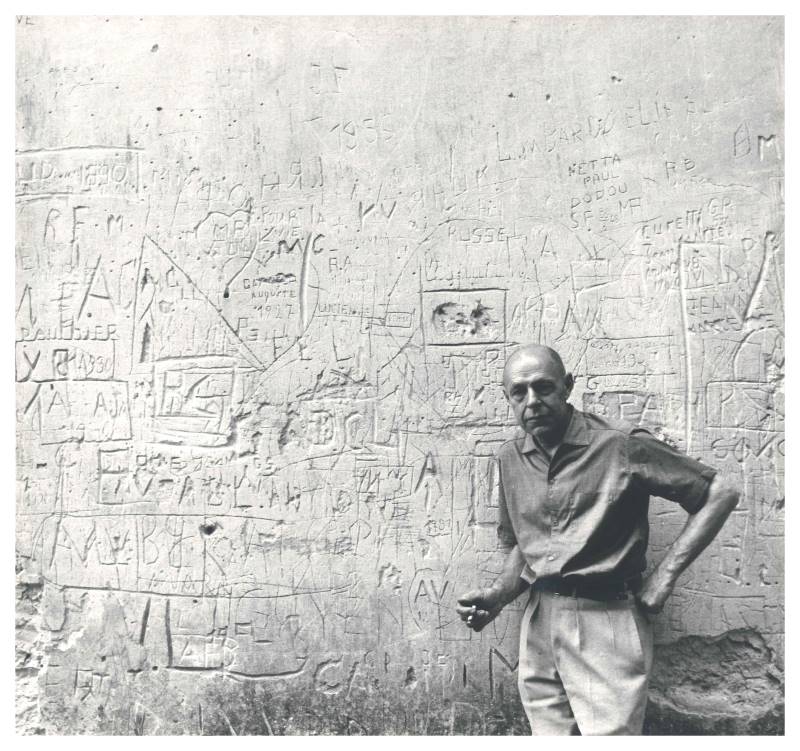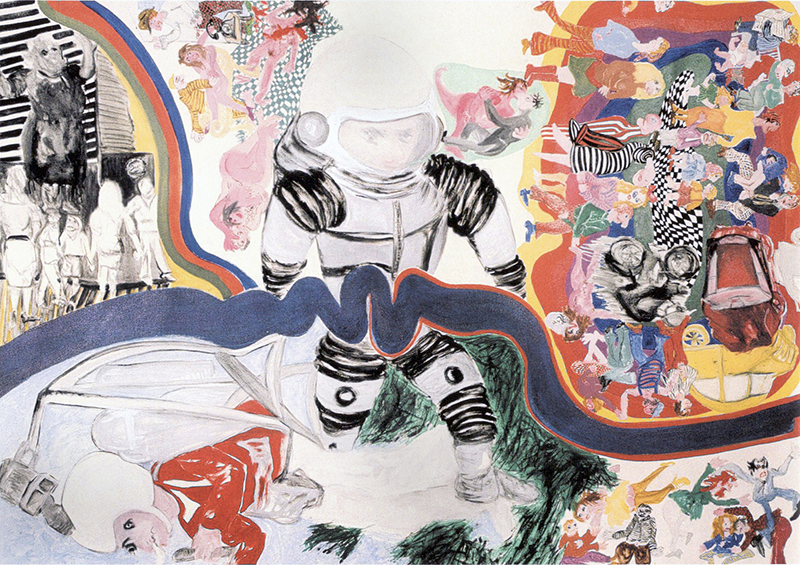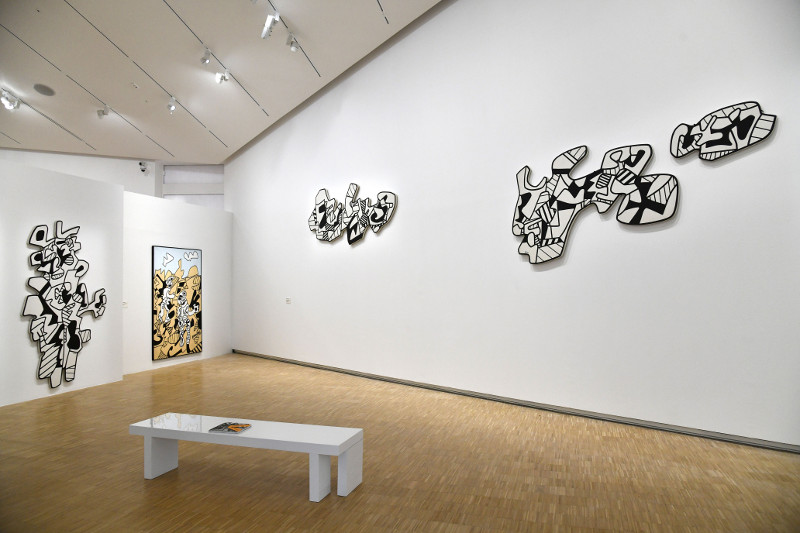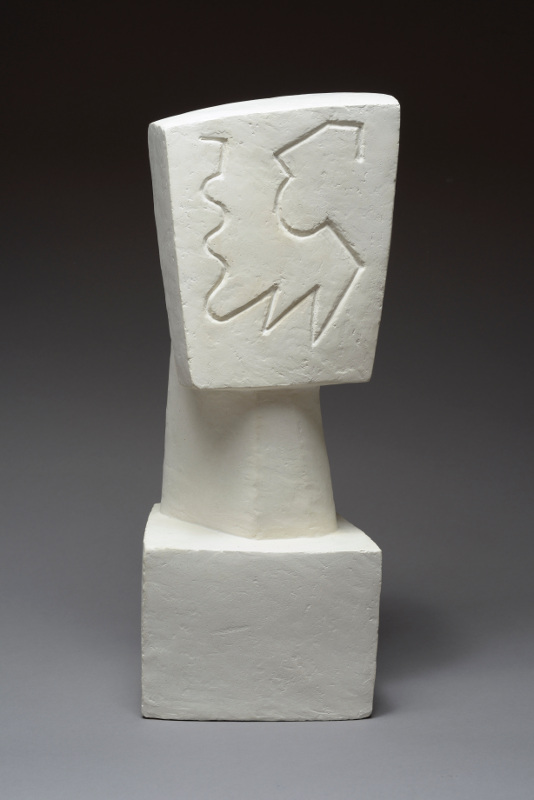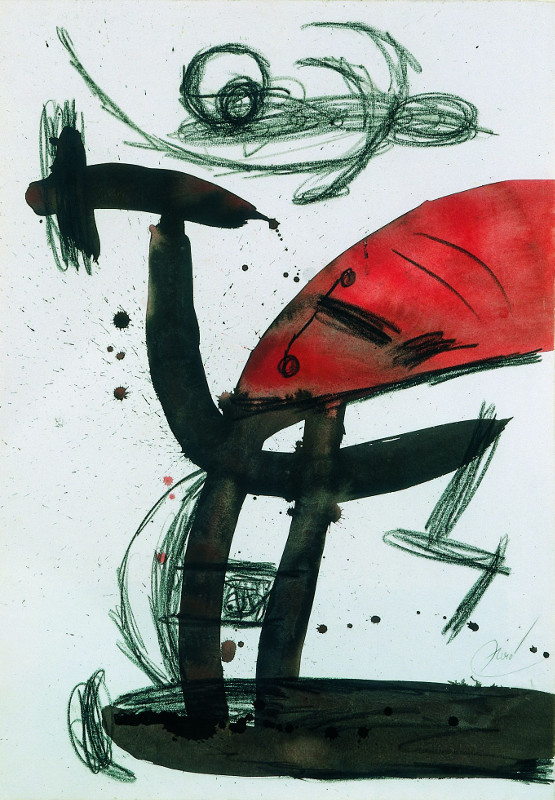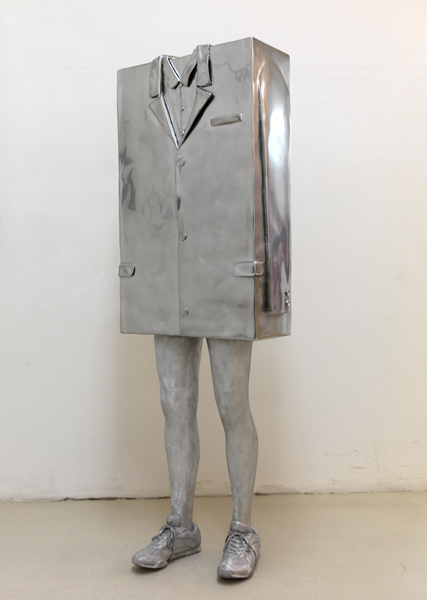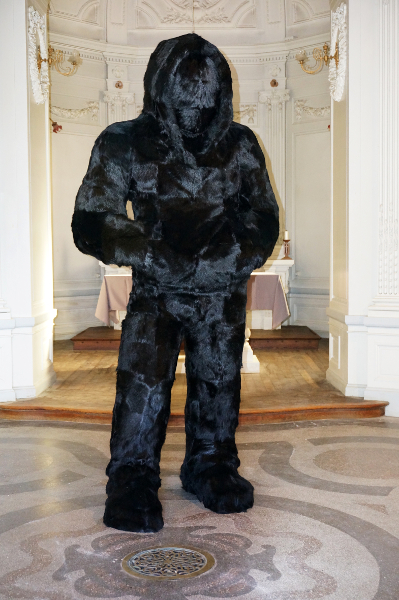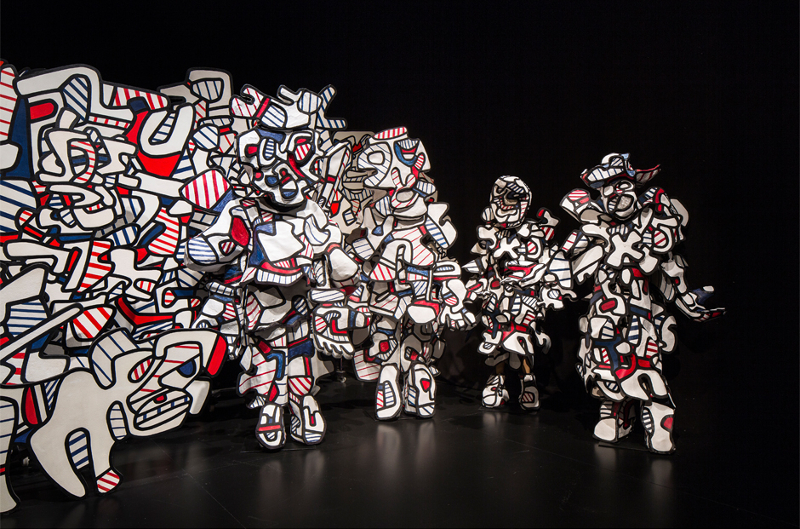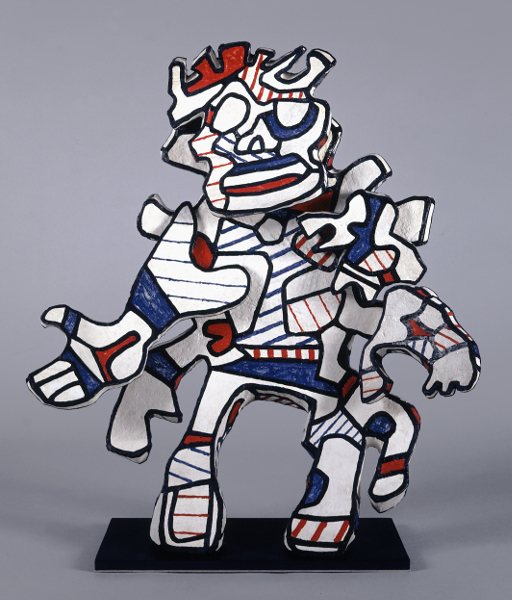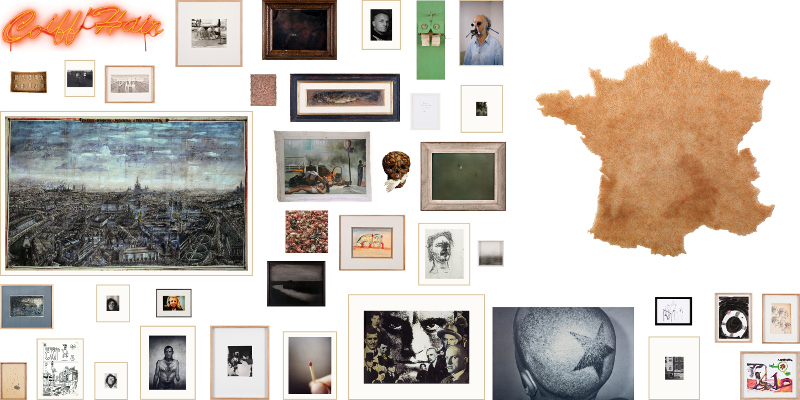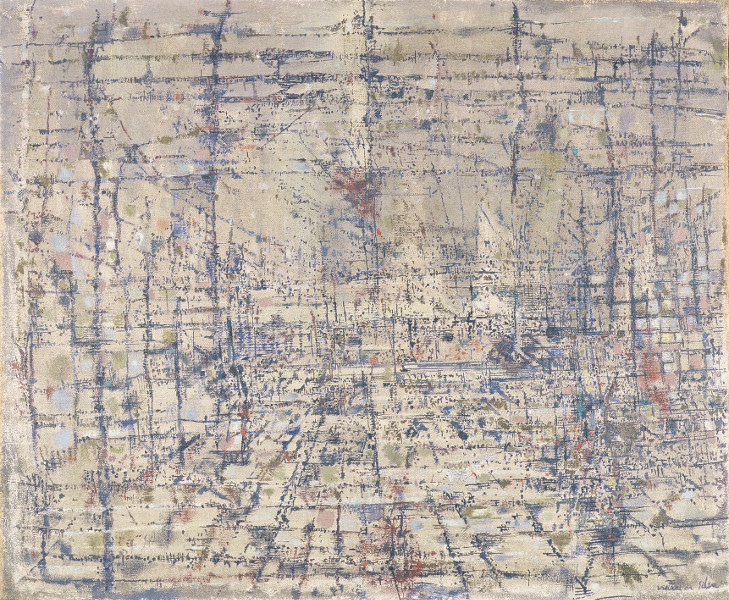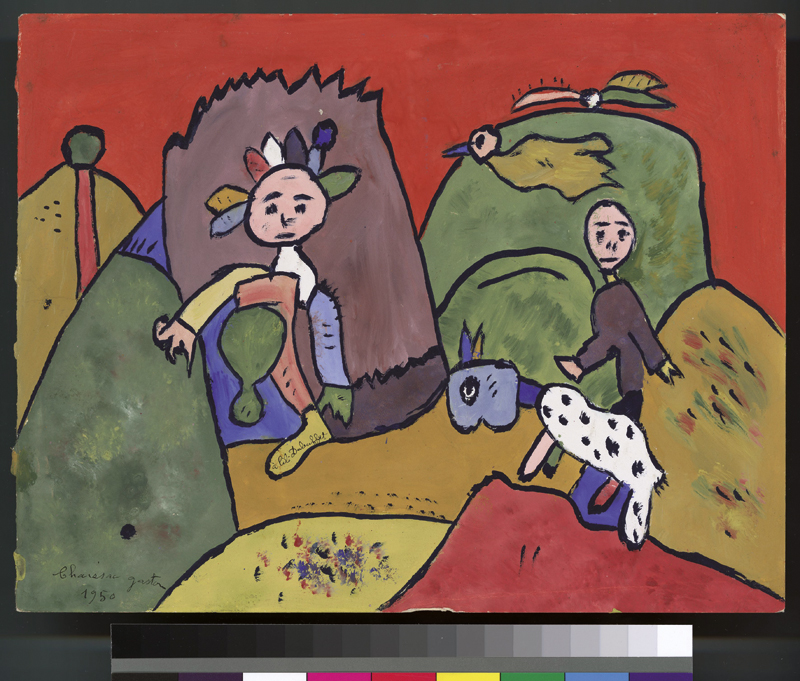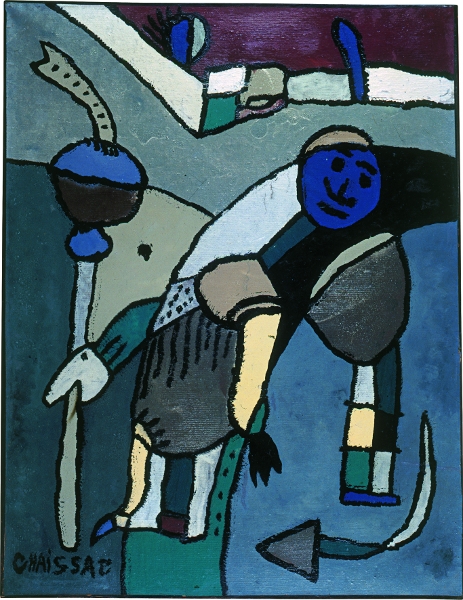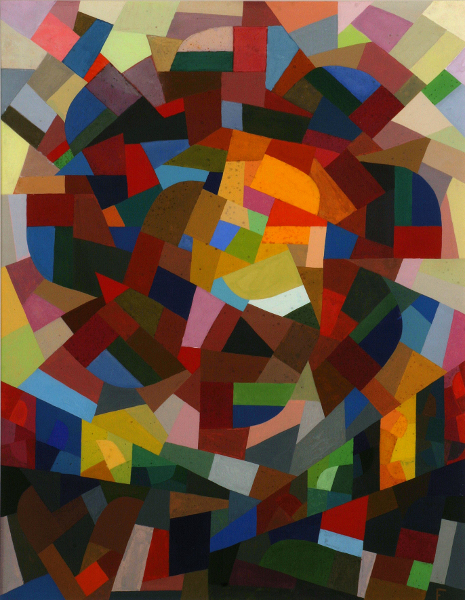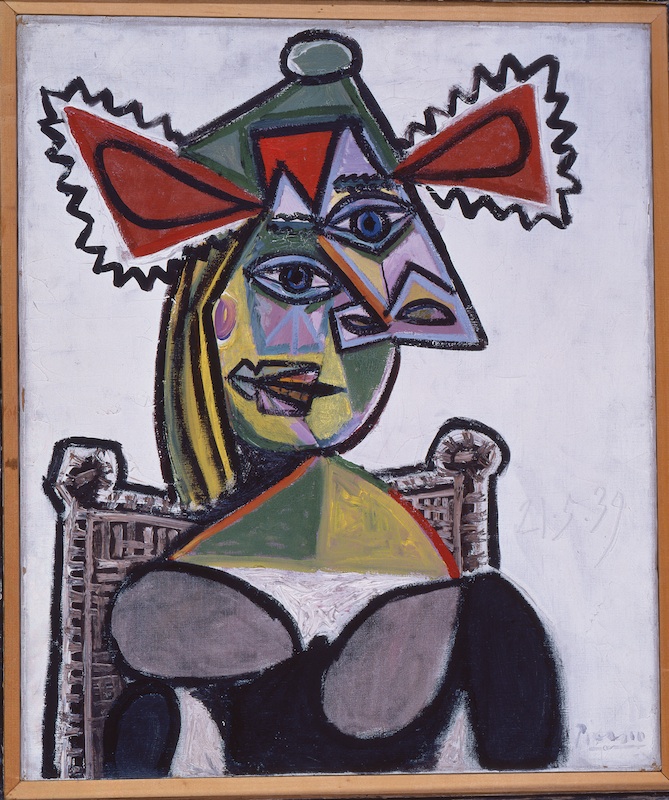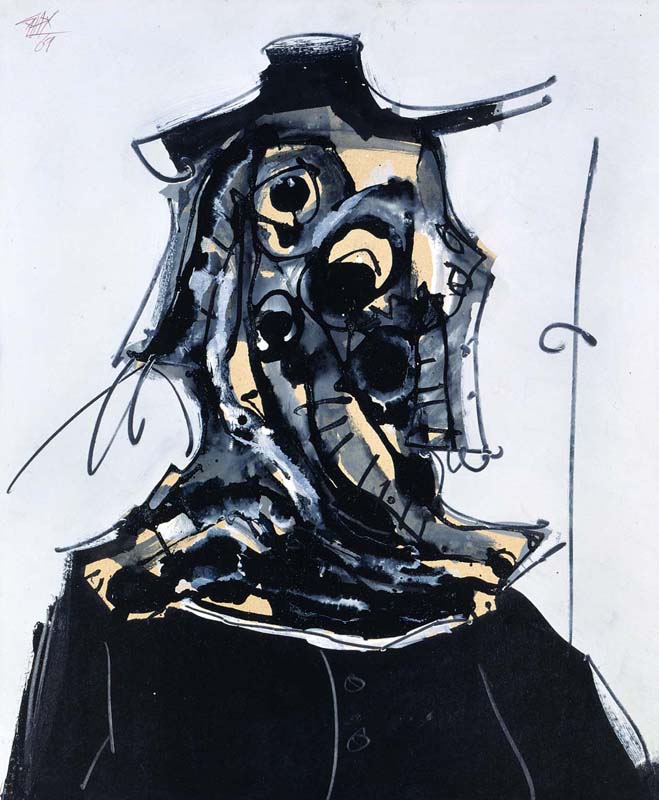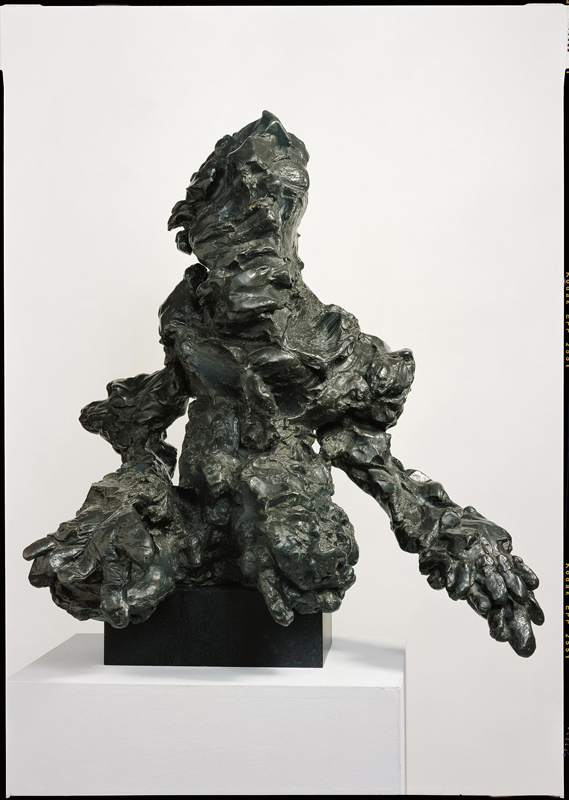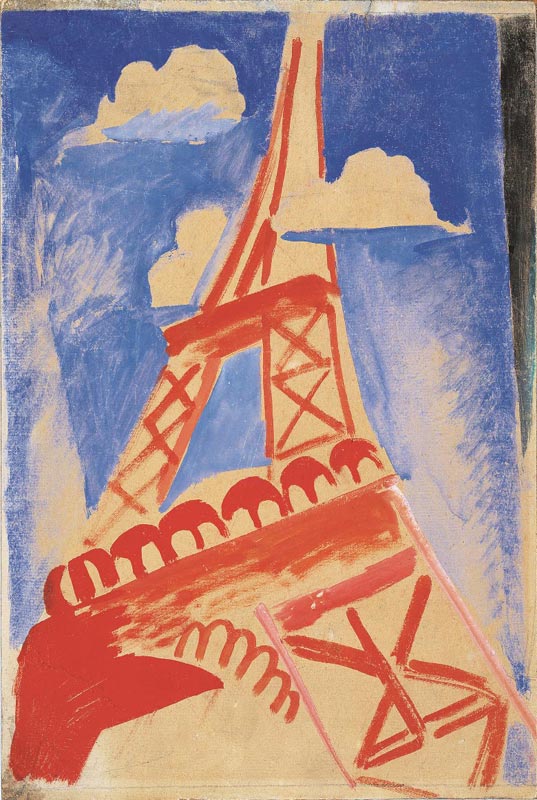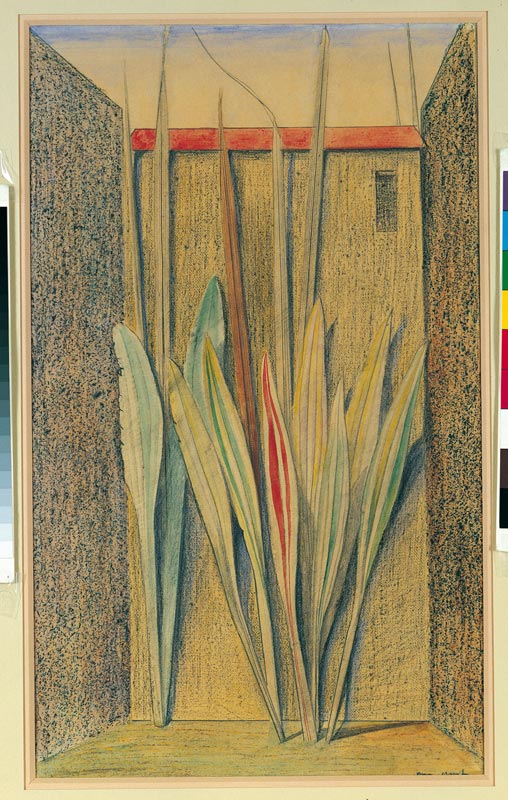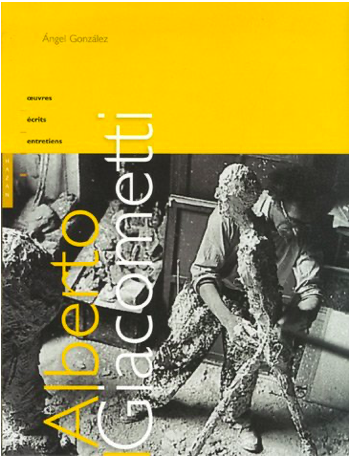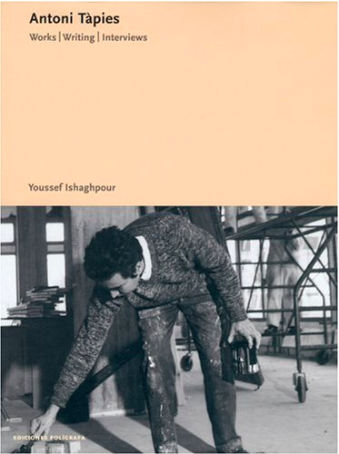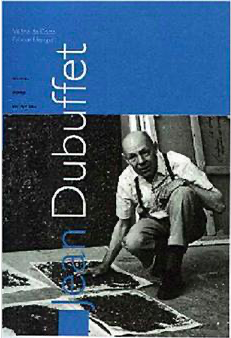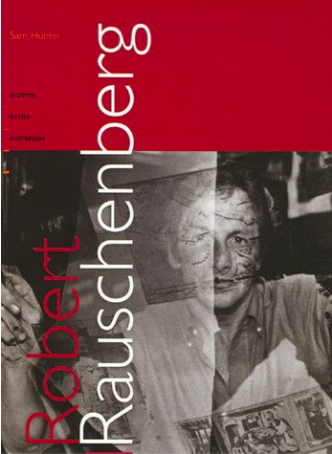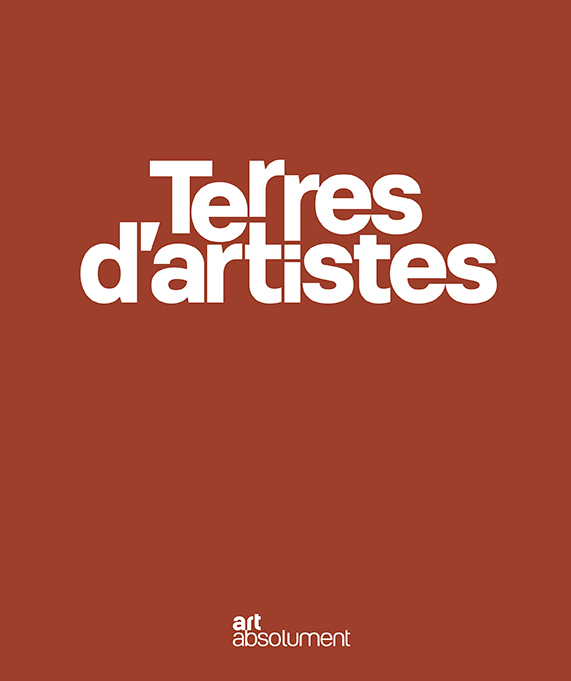Jean Dubuffet
1901 (Le Havre) / 1985 (Paris)
Artist's webSite
He went to Paris in 1918 to study painting, but soon gave up his studies and left the Académie Julian. He resumed his artistic practice in 1933 and devoted himself exclusively to it from 1942 onwards. His exhibition at René Drouin in 1944 caused a scandal. Aspiring to free art from the ‘asphyxiating culture’, which he denounced as elitist and far removed from human reality, Dubuffet became interested in what he himself called ‘art brut’, meaning works executed by people with no artistic culture. His work is characterised by a succession of
‘cycles’. Using unconventional materials such as sand, tar, pebbles, thick plaster, leaves, flowers and bark, he produced materialistic paintings, as well as works in which matter became the real subject, particularly in the cycle of matériologies. Although these compositions had a naturalist appearance, they were in fact composed of artificial materials made by the artist himself, reflecting Dubuffet's rejection of the meanings traditionally attached to painting. At the beginning of the 60s, Dubuffet, having explored his materialist work, took a figurative direction with the Hourloupe cycle.
Artist's webSite
He went to Paris in 1918 to study painting, but soon gave up his studies and left the Académie Julian. He resumed his artistic practice in 1933 and devoted himself exclusively to it from 1942 onwards. His exhibition at René Drouin in 1944 caused a scandal. Aspiring to free art from the ‘asphyxiating culture’, which he denounced as elitist and far removed from human reality, Dubuffet became interested in what he himself called ‘art brut’, meaning works executed by people with no artistic culture. His work is characterised by a succession of
‘cycles’. Using unconventional materials such as sand, tar, pebbles, thick plaster, leaves, flowers and bark, he produced materialistic paintings, as well as works in which matter became the real subject, particularly in the cycle of matériologies. Although these compositions had a naturalist appearance, they were in fact composed of artificial materials made by the artist himself, reflecting Dubuffet's rejection of the meanings traditionally attached to painting. At the beginning of the 60s, Dubuffet, having explored his materialist work, took a figurative direction with the Hourloupe cycle.
Artist's exhibitions
 Frères humains (détail), Acier, céramique et cuir..jpg)
Vulnérables
24/06/2025 - 21/09/2025(Paris) Église Saint Louis de l'Hôpital Universitaire de la Pitié Salpêtrière
.jpg)
Rétrospective d’un « Dubuffet architecte »
12/02/2025 - 11/07/2025(Paris) Fondation Dubuffet
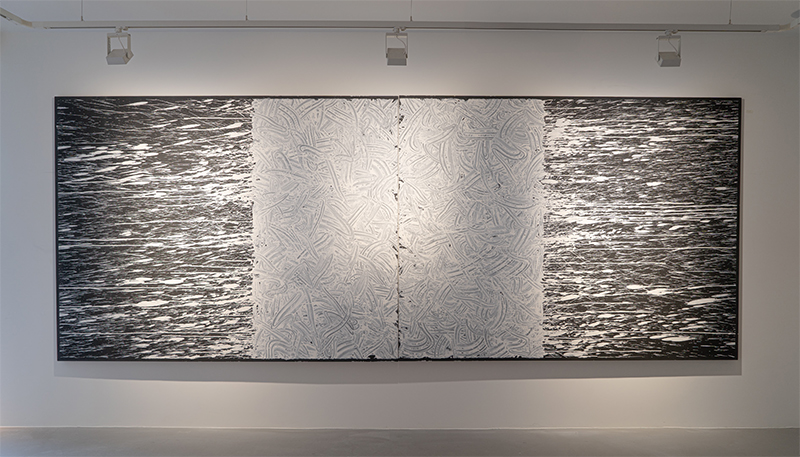
Terres d'artistes
17/01/2025 - 15/03/2025(Paris) Espace Art Absolument
.gif) Publicité
Publicité
Abonnez-vous à Art Absolument
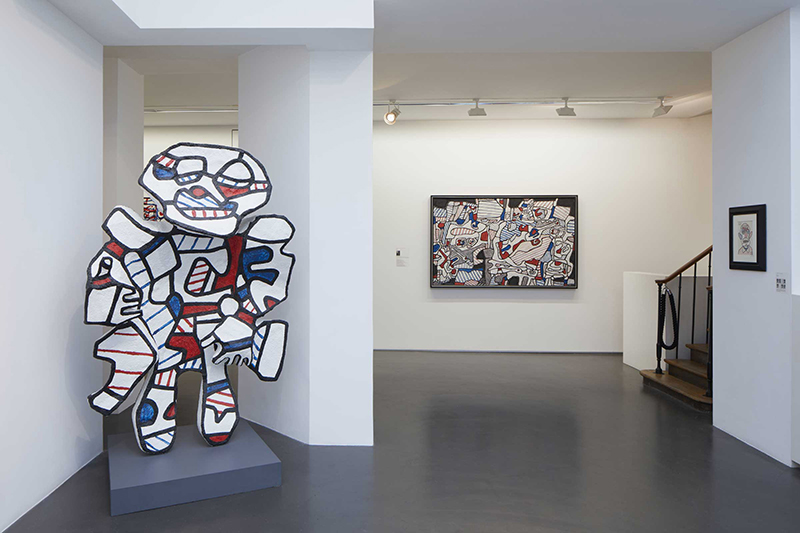
Jean Dubuffet. Le Cours des choses (en hommage à Jean-François Jaeger)
10/09/2022 - 12/12/2022(Paris) Galerie Jeanne Jaeger Bucher
Plus d'expositions
